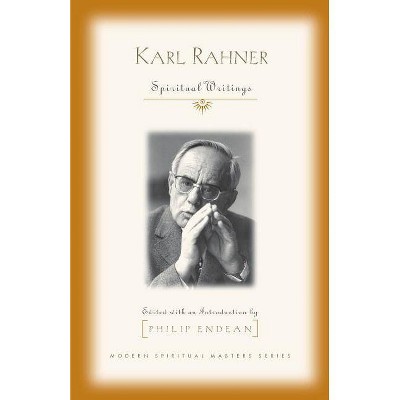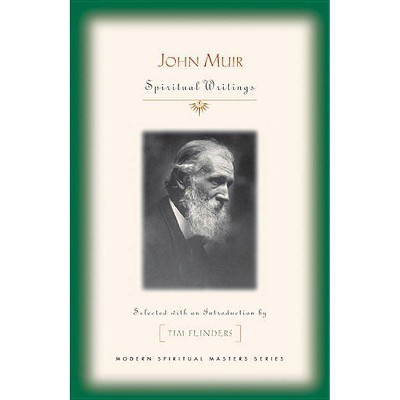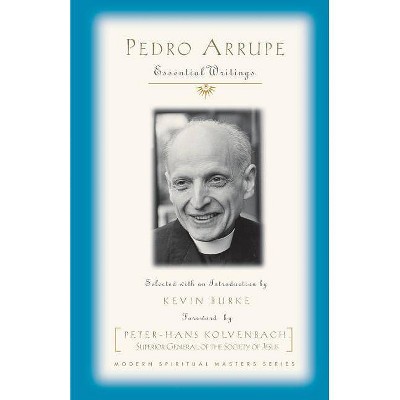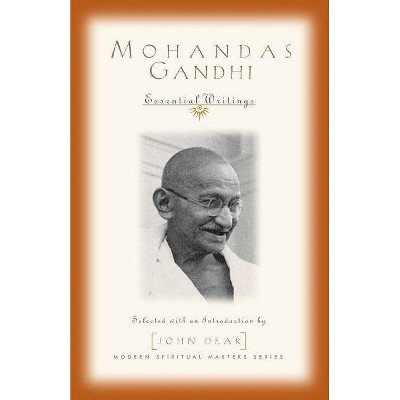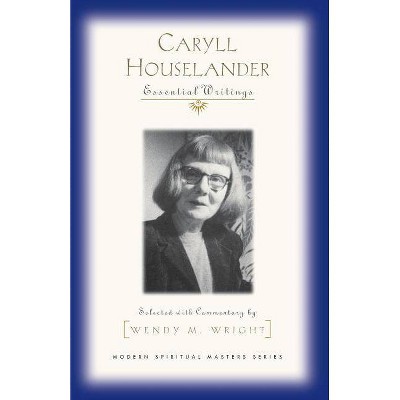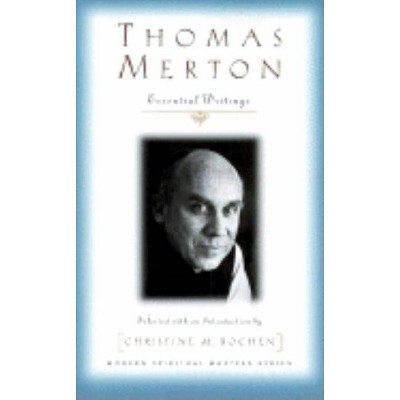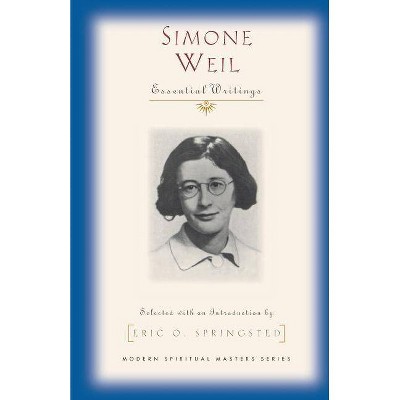The Spiritual Dynamic in Modern Art - by C Spretnak (Paperback)
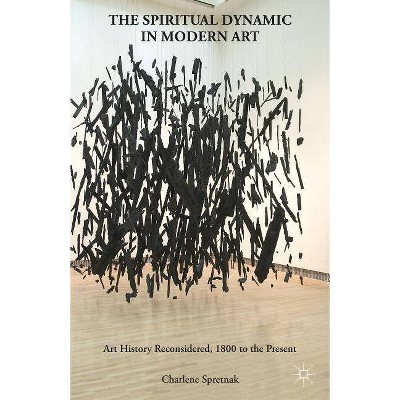
Similar Products
Product info
<p/><br></br><p><b> Book Synopsis </b></p></br></br>The history of modern art has generally been understood as a grand leap away from tradition, religion, and conventional norms, yielding decidedly secular art. Yet a majority of the prominent modern artists in every period had strong interests in the spiritual dimension of life, which they expressed in the new art forms they created. The Spiritual Dynamic in Modern Art draws on direct statements by scores of leading artists - cited from little known historical documentation as well as contemporary interviews - to demonstrate that spirituality, far from being inconsequential in the terrain of modern art, is generative. This magisterial overview insightfully presents, for the first time, a chronological survey of the major art movements that weaves together spiritual profiles of numerous leading artists and situates their stories within the cultural context of each period. The result is a significantly expanded understanding of the cultural history of modern art.<p/><br></br><p><b> Review Quotes </b></p></br></br><br><p>"Spretnak's scholarly ambition challenges deep-seated assumptions about the genesis of modernism. ... She offers a parallel narrative to the standard account of rationalistic faith in progress, with canonical artists embracing a dizzying variety of institutional faiths and other antimaterialistic beliefs. ... Reading against the grain and including original interviews, Spretnak offers provocative reinterpretations of the work of artists like Sean Scully, Anselm Kiefer, Ed Ruscha, Antony Gormley and Ursula von Rydingsvard, especially in light of their childhood faiths." (Eleanor Heartney, Art in America, February, 2016)<br></p><p>"The Spiritual Dynamic in Modern Art: Art History Reconsidered, 1800 to the Present, is a much needed counter punch to the predominant narrative about modern art that has squelched this particular story line. ... This isn't a book for just browsing. There is so much of value on every single page. ... I can't imagine a single reader of Slow Muse [or The Awakened Eye] who wouldn't love this book." (Miriam Louisa Simons, the awakened eye, theawakenedeye.com, December, 2015)</p><p>"While the role of spirituality in art has been discussed for certain specific artists and movements, Spretnak's work offers a rich and comprehensive narrative of the networks of artists and artistic movements influenced by spirituality that would be valuable for any institution with a focus on modern art and perhaps even as the basis of a course on the subject." - Art Libraries Society of North America Reviews</p> <p>"This clear-eyed and passionate book bravely contends with the omnipresent American assumption that the narrative of modern art can only be told in terms laid out by MoMA in the early 1930s. In the recent iteration by MoMA on the history of Abstract Art one finds only the same story told 75 years ago, with arrogant disdain for fresh scholarship by Sixten Ringbom and Robert Rosenblum and others written decades ago. I hope that students of modern art history may take heart and inspiration in this serious new book, the result of several decades of research and interviews, especially with artists today." - Maurice Tuchman, Senior Curator Emeritus, Los Angeles County Museum of Art, USA</p> <p>"Charlene Spretnak's book is an urgently needed reminder that a good deal of modern art is informed by a 'spiritual dynamic, ' initially conveyed through traditional Christian iconography, later through purely aesthetic and abstract means, that is, form and color alone. For her 'spiritual' means 'numinous, ' a sense of awe and mystery (the so-called 'mysterium tremendum'), and she convincingly demonstrates, with breathtaking comprehensiveness, that a good many modern artists, however stylistically different, viewed their work as the embodiment of a numinous experience, and a means of evoking it in the spectator. Perhaps most tellingly, she argues that the 'esoteric spirituality' of pre-World War I abstraction and the 'allusive spirituality' of post-World War II abstraction are a sort of revolutionary call to spiritual arms against increasingly materialistic modern society. Her survey is in effect a plea for a critical new spiritual art in a society which has lost its spiritual bearings." - Donald Kuspit, Distinguished Professor Emeritus, Art History, Philosophy, State University of New York, USA</p> <p>"A welcome and proficiently documented critique of the hermetic formalism by art critics, Charlene Spretnak has given us an exploration of the spiritual dimension of modern and contemporary art with insight and passion." - Peter Selz, Professor Emeritus, History of Art, University of California, Berkeley USA</p> <p>"This book makes a tremendous case for a long overdue unearthing of the 'great underground river that flows through modern art' a move that might just give us a formidable font of wisdom in some desperately arid terrain." - Taney Roniger, The Brooklyn Rail</p><br><p/><br></br><p><b> About the Author </b></p></br></br>Charlene Spretnak is the author of several books on cultural history, religion and spirituality, and social criticism, including States of Grace, The Resurgence of the Real, Missing Mary, and Relational Reality. A professor emerita in religion and philosophy, she lives with her husband in Ojai, California, USA.
Price History
Price Archive shows prices from various stores, lets you see history and find the cheapest. There is no actual sale on the website. For all support, inquiry and suggestion messagescommunication@pricearchive.us
